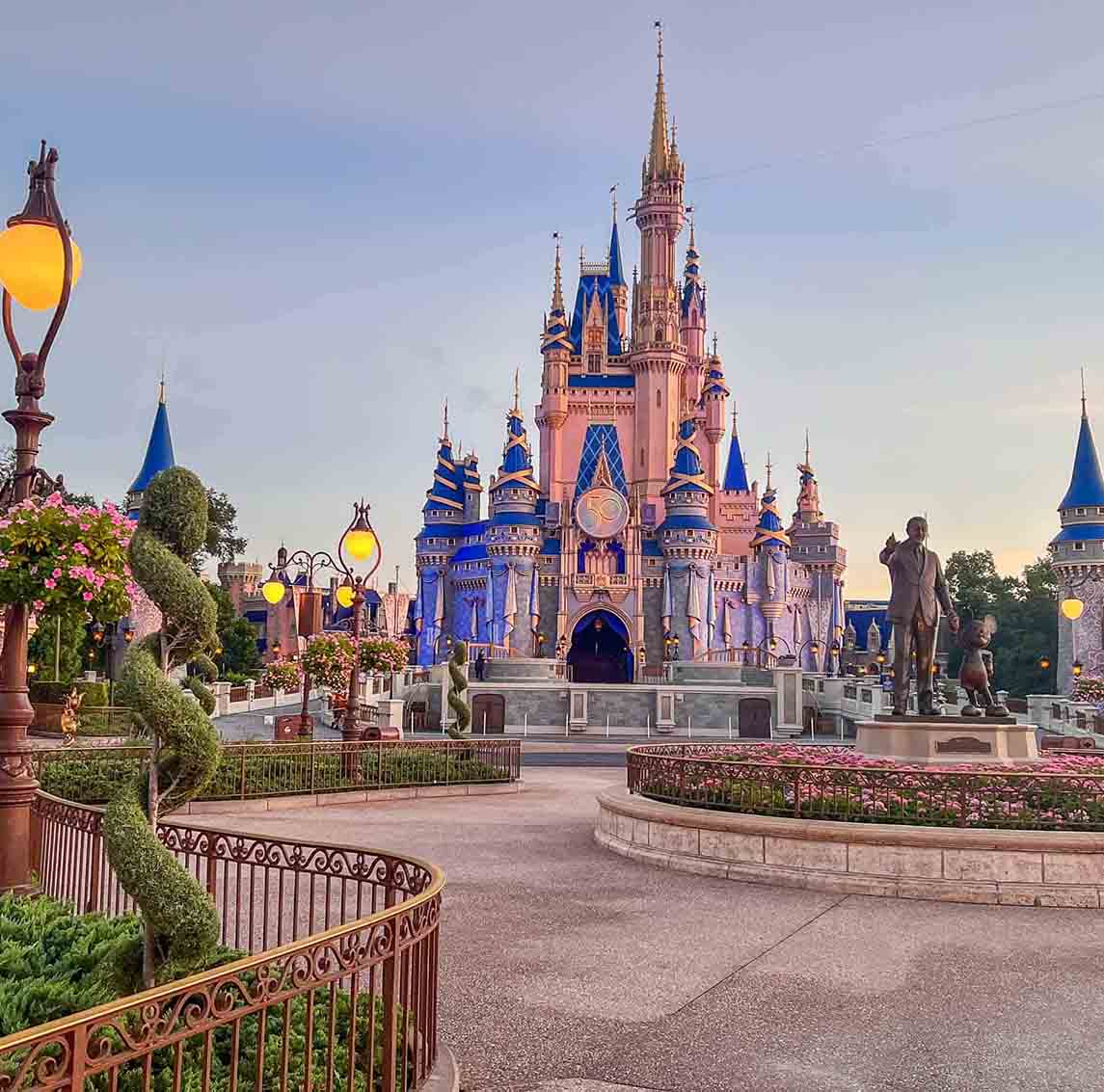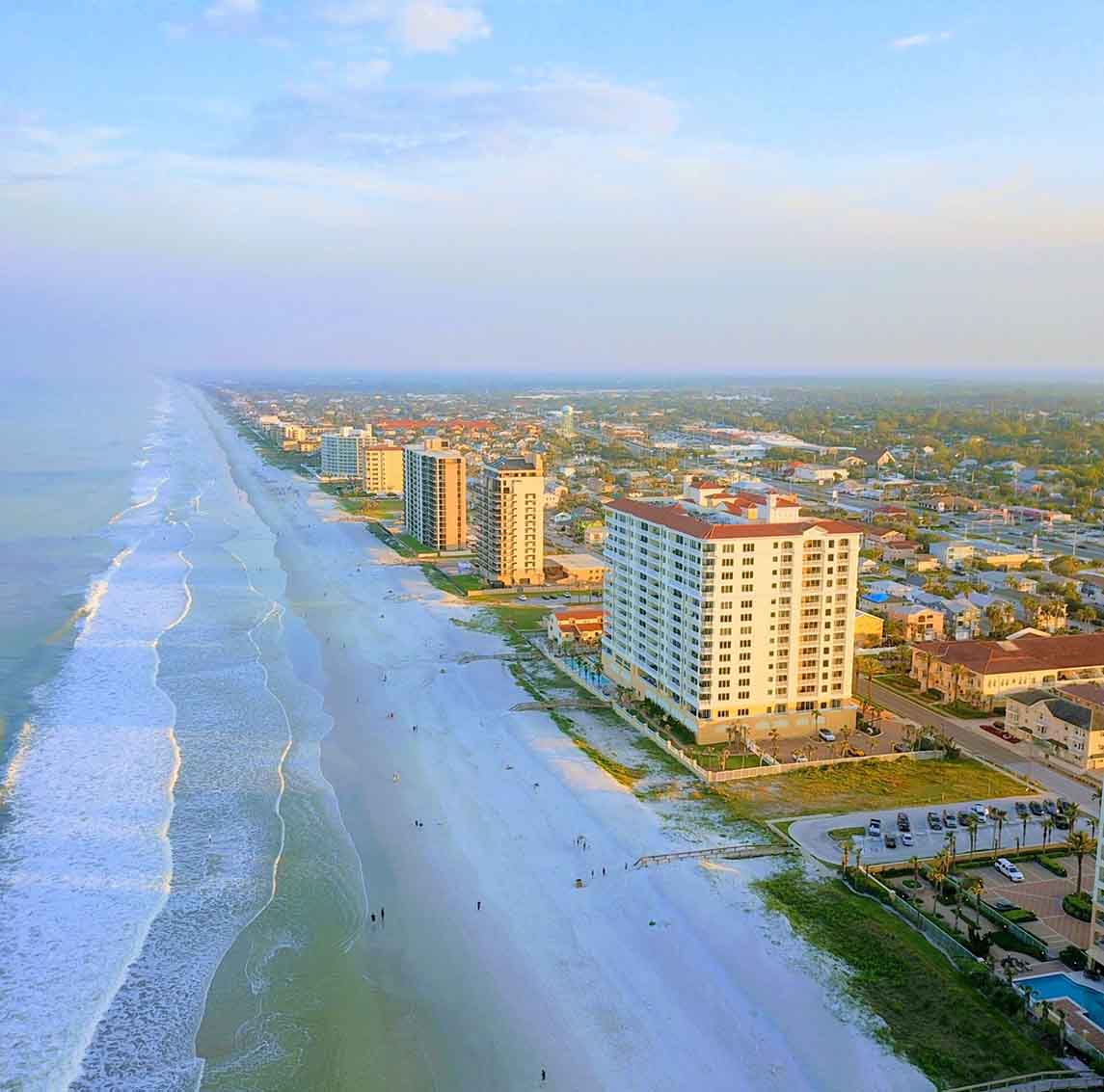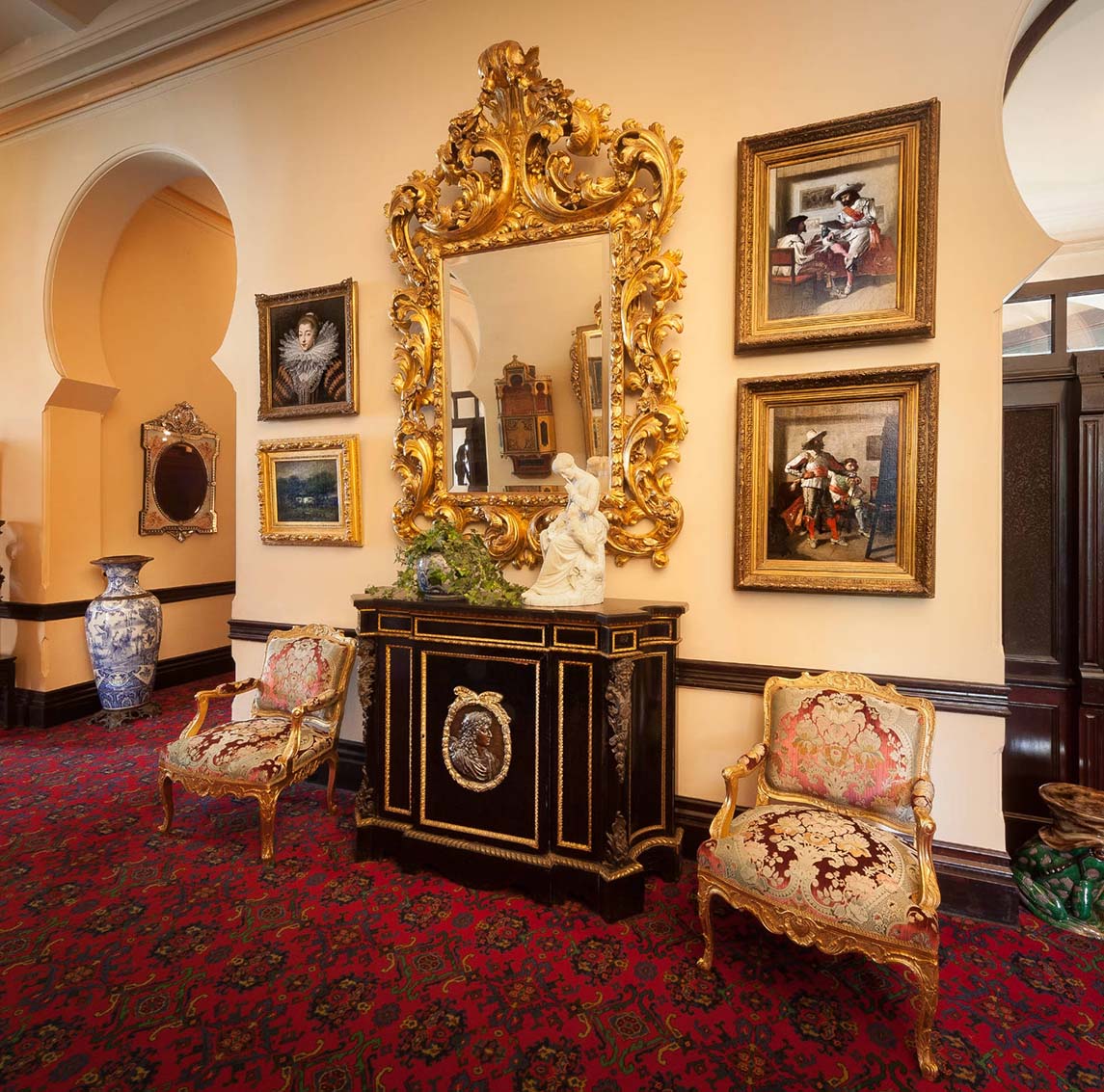I embarked on an extraordinary wine-tasting journey to Paris, known as the “City of Love” and the epicenter of fine wines. As I landed at Charles de Gaulle Airport, I was filled with anticipation for the exceptional experiences that awaited me. This trip had been meticulously planned and involved exploring six unique wine-related locations in and around Paris, each with its own charm and features.
Paris City: The heart of my wine adventure started in Paris itself. The city boasts numerous wine bars, bistros, and shops where I could sample a wide variety of French wines, including Bordeaux, Burgundy, Champagne, and more. Strolling through the charming streets of Montmartre, I enjoyed sipping on exquisite wines and embracing the city’s romantic atmosphere.
Chateau Winery: My journey took me to a château in the French countryside, where I experienced the beauty and elegance of a traditional wine estate. I had the opportunity to tour the vineyards, witness the winemaking process, and, of course, taste their exceptional wines, often accompanied by delicious French cuisine.
Loire Valley: Venturing to the Loire Valley, I explored the scenic vineyards along the banks of the Loire River. This region is renowned for its diverse wine offerings, from crisp Sauvignon Blancs to luscious Chenin Blancs. I also had the chance to visit some historic châteaux and enjoy the stunning landscapes.
Champagne Cellars: No wine journey to France is complete without a visit to Champagne. I descended into the cellars of renowned Champagne houses, where I learned about the méthode champenoise and savored the effervescent nectar produced in this region.
Burgundy Vineyards: The Burgundy region is famous for its exceptional Pinot Noirs and Chardonnays. I explored the gently rolling vineyards and had the privilege of tasting wines from renowned wineries, understanding the importance of terroir in winemaking.
Alsace’s Rieslings: Alsace, known for its aromatic white wines, was another stop on my adventure. I visited charming villages, tasted crisp Rieslings, and admired the region’s unique Germanic-influenced culture and architecture.
Throughout my journey, I not only sampled some of the finest wines in the world but also gained a deeper appreciation for the rich history, culture, and artistry that go into French winemaking. Paris and its surrounding regions offered a truly extraordinary experience, and I returned with a suitcase full of unforgettable memories and a newfound love for the world of wine.
Chateau de Versailles
Location: Versailles, approximately 20 kilometers southwest of Paris
Getting There: I boarded a train from the airport to Gare Saint-Lazare and transferred to the RER C line to reach Versailles-Chateau. The chateau is conveniently located within a short walk from the station.
Overview: The Palace of Versailles, celebrated for its opulence and grandeur, may not be an immediate association for wine enthusiasts. However, nestled within the breathtaking gardens of Versailles, there is a hidden treasure – the Royal Domain of Versailles, featuring its vineyard.
The vineyard, with roots dating back to the reign of Louis XIV, reveals a fascinating history. As I wandered through the luxuriant gardens and vineyard, I was captivated by the meticulous care given to the vines and the idyllic landscape. A guided tour provided insights into the winemaking process and a glimpse into the cellars where the wines mature.
Pros:
A distinctive blend of history, architectural marvels, and wine.
An opportunity to taste wines cultivated on royal grounds.
Breathtaking gardens and a picturesque backdrop.
Cons:
Limited options for wine tasting.
Smaller-scale wine production compared to dedicated vineyards.
Recommendation: While the wine selection is somewhat limited, Chateau de Versailles offers an extraordinary experience that seamlessly marries French history with wine culture. I highly recommend this visit for history aficionados and those seeking a wine experience with a royal touch.
Musee du Vin (Wine Museum)
Location: Paris, situated within the 16th arrondissement
Getting There: From the airport, I journeyed on the RER B to Gare du Nord, and from there, I made a transfer to Line 4, which took me to Porte de Clignancourt. The museum is conveniently positioned within a short walking distance from the Porte de Clignancourt metro station.
Overview: My second destination was the Musee du Vin, an exquisite hidden gem right in the heart of Paris. This small yet captivating museum is housed within the vaulted cellars of the 15th century and is dedicated to the art of winemaking and the rich history of wine in France.
As I ventured through the dimly lit cellars, I encountered a remarkable collection of wine-related artifacts, ranging from ancient wine presses to historical wine labels and corkscrews. The museum extends warm welcomes with guided tours and wine tasting sessions, granting visitors the opportunity to sample a wide variety of French wines.
Pros:
An intimate and immersive wine experience.
A substantial collection of wine-related artifacts.
Knowledgeable and accommodating guides.
Cons:
The wine selection is somewhat limited when compared to dedicated vineyards.
The museum’s modest size may not cater to those in search of grandeur.
Recommendation: The Musee du Vin offers a unique and informative wine experience set within a historical backdrop. It’s an ideal choice for wine enthusiasts who appreciate the history and craftsmanship behind winemaking.
Day 2: Exploring the Wine Regions
Champagne Tasting in epernay
Location: epernay, roughly 130 kilometers east of Paris
Getting There: From Paris, I hopped onto a train departing from Gare de l’Est to epernay, conveniently connected by a direct train.
Overview: An expedition dedicated to wine in France would be incomplete without a pilgrimage to the Champagne region. epernay, the esteemed capital of Champagne, is renowned for its prestigious champagne houses, and my visit to Moet & Chandon became the crown jewel of my journey.
Moet & Chandon, one of the world’s most celebrated champagne producers, extended a warm welcome with a guided tour of their historic cellars. The tour encompassed a visit to their lush vineyards, where I delved into the grape varieties employed in champagne production, and a descent into their extensive cellars, home to millions of gracefully aging bottles.
Pros:
An iconic champagne brand steeped in history.
Breathtaking cellars and picturesque vineyards.
Enlightening and professional guided tours.
Cons:
Higher price range for their champagne selections.
A propensity for crowding, particularly during peak tourist seasons.
Recommendation: A sojourn at Moët & Chandon is an absolute must for enthusiasts of champagne. The grandeur of their cellars and the opportunity to savor their exquisite champagne render it an indelible and cherished experience.
Burgundy Wine Tasting in Beaune
Location: Beaune, situated approximately 300 kilometers southeast of Paris
Getting There: Following my sojourn in epernay, I embarked on a train journey to Dijon and subsequently connected to another train heading for Beaune. The train voyage itself offers splendid vistas of the French countryside.
Overview: Beaune, a picturesque town nestled in the heart of Burgundy, is acclaimed for its vineyards and stands as a genuine haven for wine aficionados. My next destination was the Hospices de Beaune, a storied hospital with a centuries-old tradition of producing wine.
The Hospices de Beaune is lauded for its annual charitable wine auction and the impressive Gothic architecture that graces its presence. My visit encompassed a tantalizing encounter with their illustrious wines, including the prestigious Hospices de Beaune cuvees. The tasting materialized in their time-honored cellars, heightening the overall experience.
Pros:
A unique opportunity to savor the renowned wines of Burgundy.
A chance to explore the historic cellars and the town of Beaune.
The captivating history behind charitable winemaking.
Cons:
Limited time to explore the town itself.
Wine prices may be perceived as high, particularly for the rarer cuvees.
Recommendation: The Hospices de Beaune offers an extraordinary wine-tasting experience set within a historical tableau. I wholeheartedly recommend it to those with a deep-seated passion for Burgundy wines and an appetite for their rich history.
Day 3: Savoring the Loire Valley
Chateau de Chambord
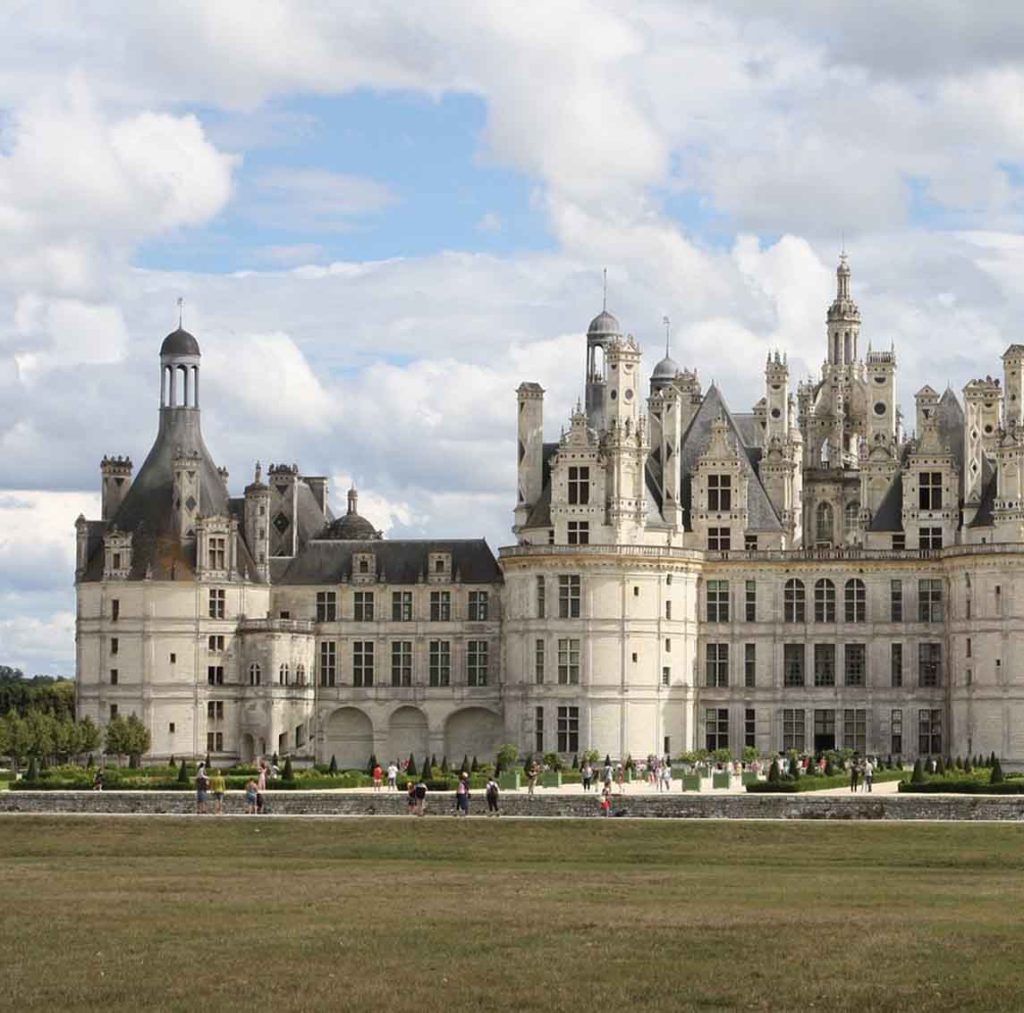
Location: Chambord, approximately 180 kilometers southwest of Paris
Getting There: I boarded a train from Paris destined for Blois and then made a brief taxi journey to Chateau de Chambord.
Overview: The Loire Valley, renowned for its enchanting chateaux, is also celebrated for its vineyards. Chateau de Chambord, an exquisite Renaissance castle, is situated within the vineyards of the Loire Valley.
During my visit, I stood in awe of Chambord’s architectural splendor, featuring its double-helix staircase, and the extensive park enveloping the chateau. After a thorough exploration of the chateau, I proceeded to the winery nestled within the estate. The Domaine de Ch
ambord boasts a variety of wines, and I was afforded the privilege of tasting their selections, which included Sauvignon Blanc and Pinot Noir.
Pros:
Breathtaking chateau and idyllic vineyards.
A splendid opportunity to immerse oneself in the beauty of French Renaissance architecture.
A diverse and enticing selection of wines.
Cons:
Information about the winemaking process is somewhat limited.
Crowded conditions during peak tourist seasons.
Recommendation: Chateau de Chambord offers an intriguing blend of history, architecture, and wine. I recommend it without reservation to travelers desiring an immersion in the charm of the Loire Valley and a taste of its regional wines.
Montmartre Vineyard
Location: Paris, situated in the Montmartre neighborhood
Getting There: Montmartre is conveniently accessible by metro. I opted for Line 12, alighting at Lamarck-Caulaincourt, which is a short stroll away from the vineyard.
Overview: My wine odyssey in Paris came full circle with a visit to the Montmartre Vineyard, an enchanting and unexpected find nestled within the heart of the city. The Clos Montmartre represents one of the last remaining vineyards within Paris and is perched atop the picturesque Montmartre Hill.
The vineyard is a labor of love and dedication, maintained by local residents. During the Fête des Vendanges (Harvest Festival) in October, the vineyard is animated with music, delectable cuisine, and, of course, wine tastings. I had the privilege of visiting during this lively event and was treated to a sample of their limited-production wine.
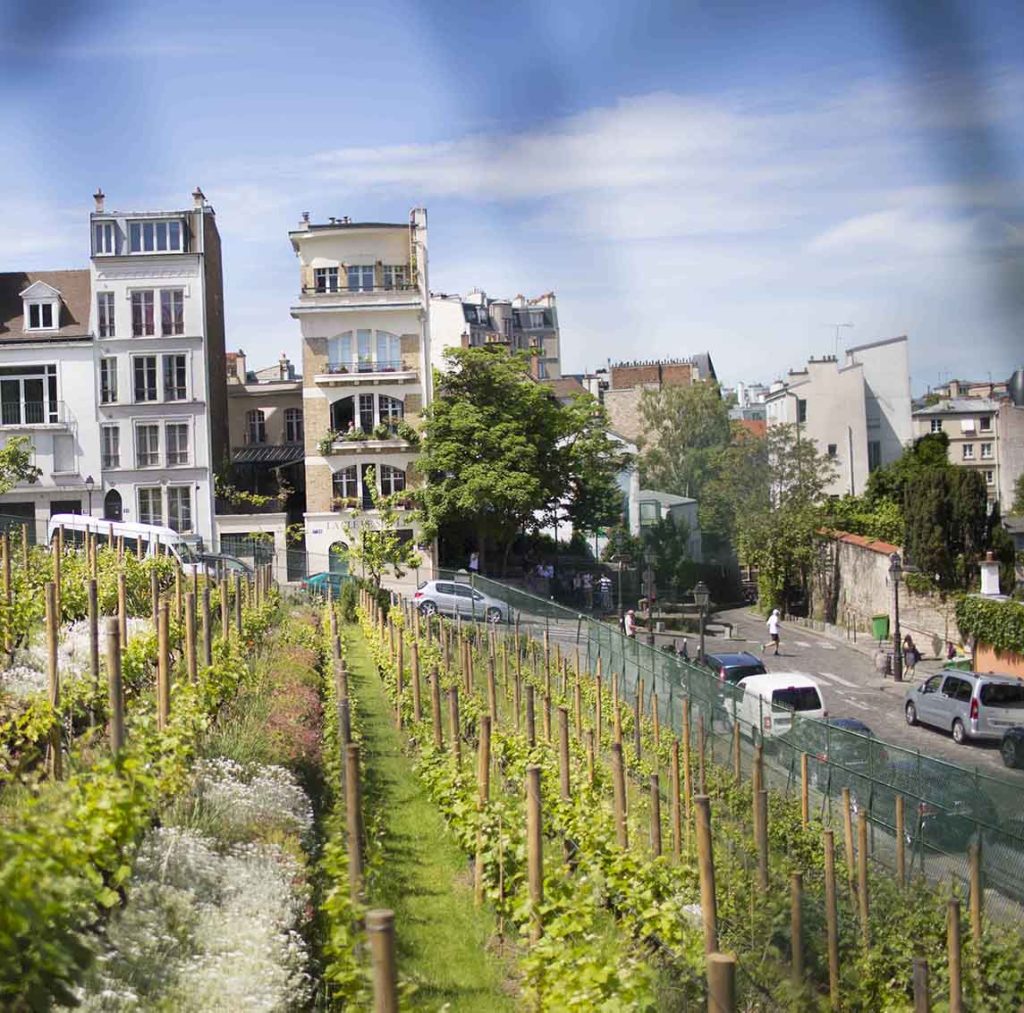
Pros:
A unique and delightful discovery within the heart of Paris.
A vineyard that serves as a source of local pride and community spirit.
A festive and enjoyable atmosphere during the Harvest Festival.
Cons:
Limited accessibility to the vineyard outside the festival period.
The wine selection may not be all-encompassing and may not cater to every visitor’s palate.
Recommendation: The Montmartre Vineyard is an unexpected and delightful wine experience hidden in the heart of Paris. I heartily endorse visiting during the Harvest Festival to partake in the vibrant ambiance and to support the local endeavor in winemaking.
My wine tasting journey in Paris was an unforgettable celebration that intertwined the rich history and culture of France with the pleasures of wine sampling. From the grandeur of Chateau de Versailles to the intimate charm of the Montmartre Vineyard, each destination offered a distinct perspective on French winemaking and its profound connection to the country’s heritage.
I would strongly encourage you to plan your visits to these destinations well in advance, esp
ecially those that require reservations, particularly during peak tourist seasons. Additionally, it is worth considering the most opportune time to visit, as the wine regions, in particular, can exhibit varying appearances and atmospheres contingent on the season.
My wine-tasting sojourn in Paris was a genuine homage to French wine and its deep-rooted cultural importance. I hope that this extensive account of my expedition serves as an inspiration to fellow travelers and wine enthusiasts, igniting their desire to explore the hidden wine treasures that Paris has to offer.

